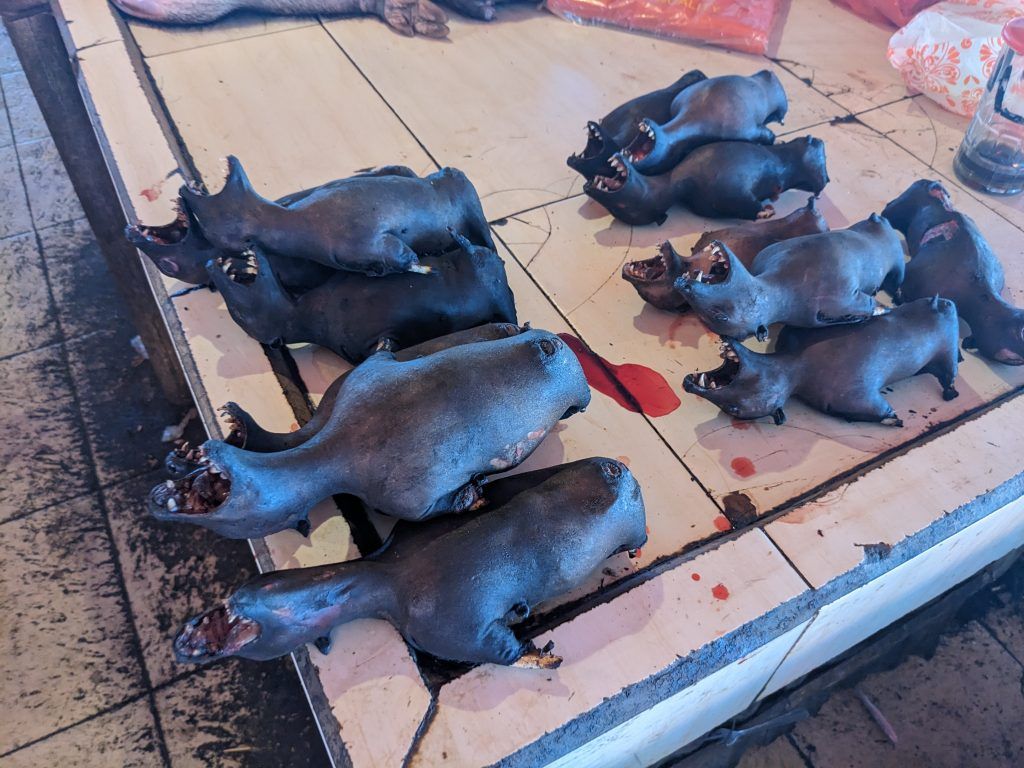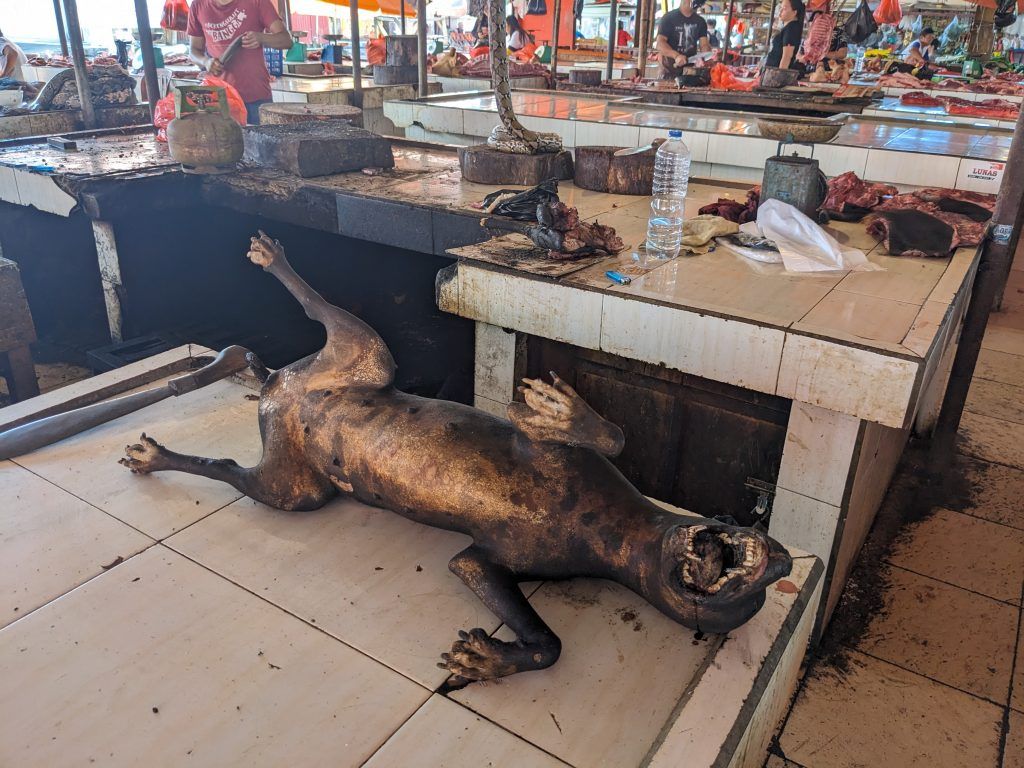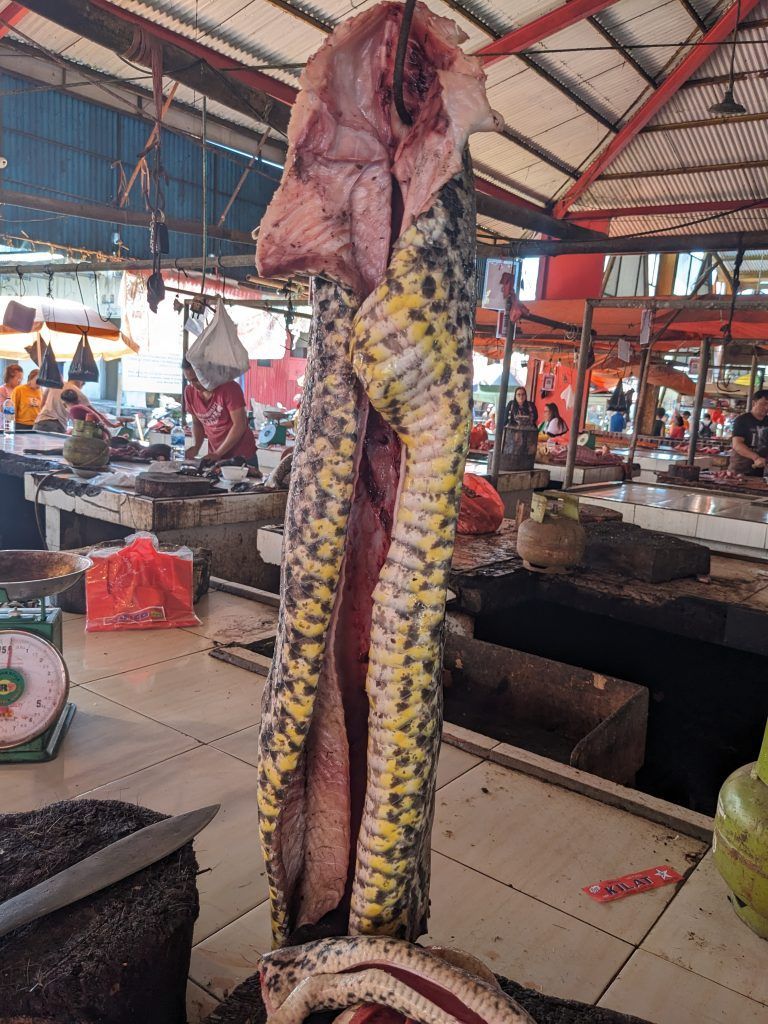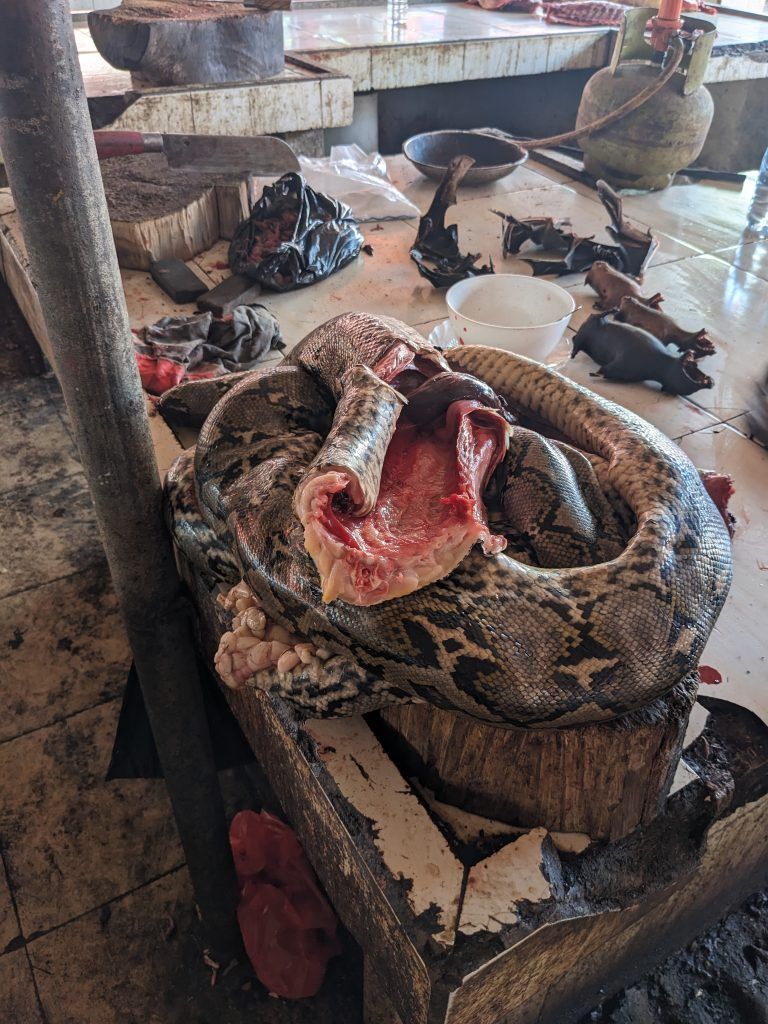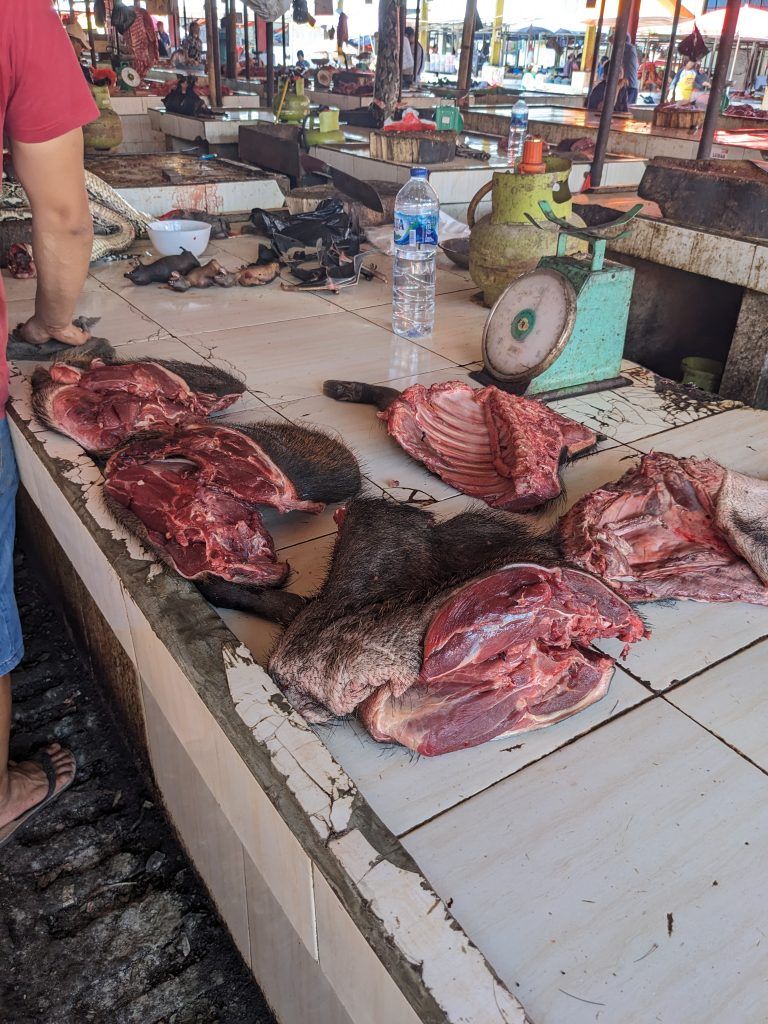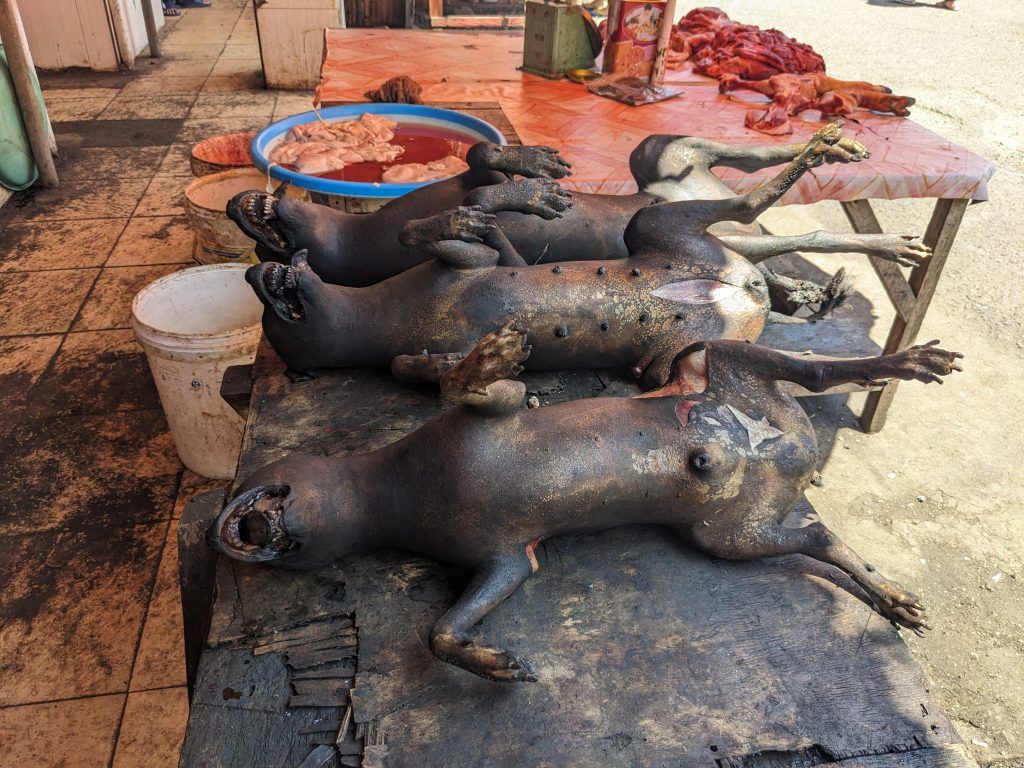Sulawesi is a large, weirdly shaped island in eastern Indonesia.
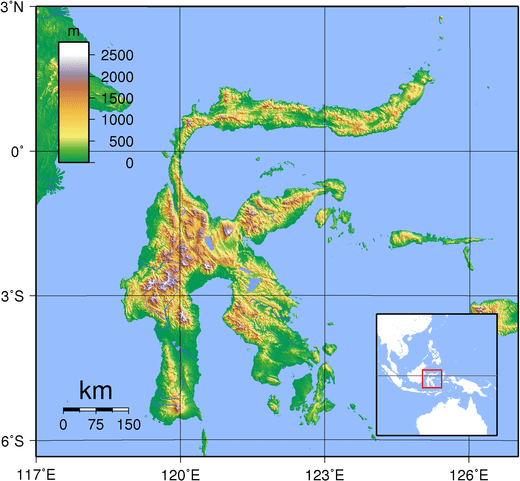
I spent a couple of weeks at its very northeastern tip seeing some wonderful small animals on land in the Bangkoko Nature Reserve and underwater diving off Bangka Island and in Bunaken National Park. I hiked to the rim of the active Lokon Volcano and then witnessed the macabre dead animal display at the Tomohon “Extreme” Market (which is at the very bottom of this post, and which many of you may want to skip).
The Tarsiers of Tangkoko
The Tangkoko Nature Reserve is a beautiful national park where I was able to spend a parts of two days on guided hikes. The park is known for its large population of tarsiers, who are both the smallest primates and the only primates that are completely carnivorous. As you can see from the pictures and videos their huge eyes make them incredibly cute.
We saw a small family in a tree our first evening.


And then we saw another family in a different tree first thing the following morning.

What would a trip to a national park in SE Asia be without monkees? In this case the very active and entertaining crested black macaques.
Here a monkey poses next to a very picturesque tree.

The bear cuscus is only found in Sulawesi and is actually a marsipual, like many of the mammals in Australia.

This owl looking bird is actually the wonderfully named ochre-backed boobook.
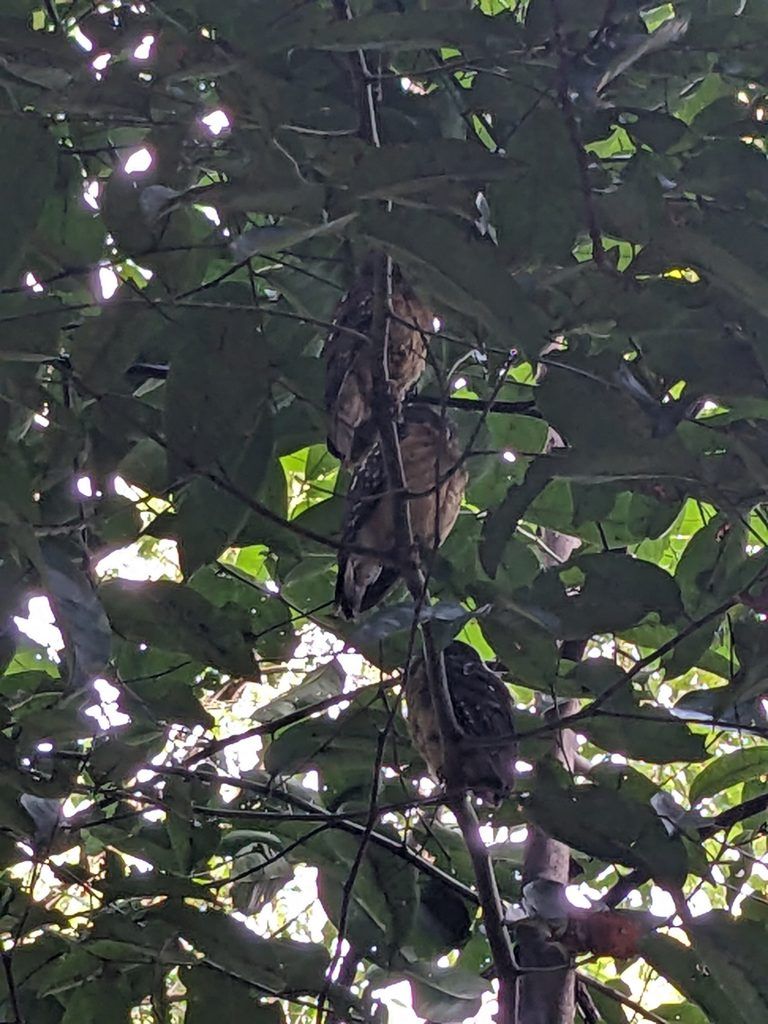

We went looking for hornbills and found a green parrot squatting in an abondoned hornbill nest.

We did eventually find the beautifully colored red knob hornbill.


This is a young Sulawesi hawk eagle.
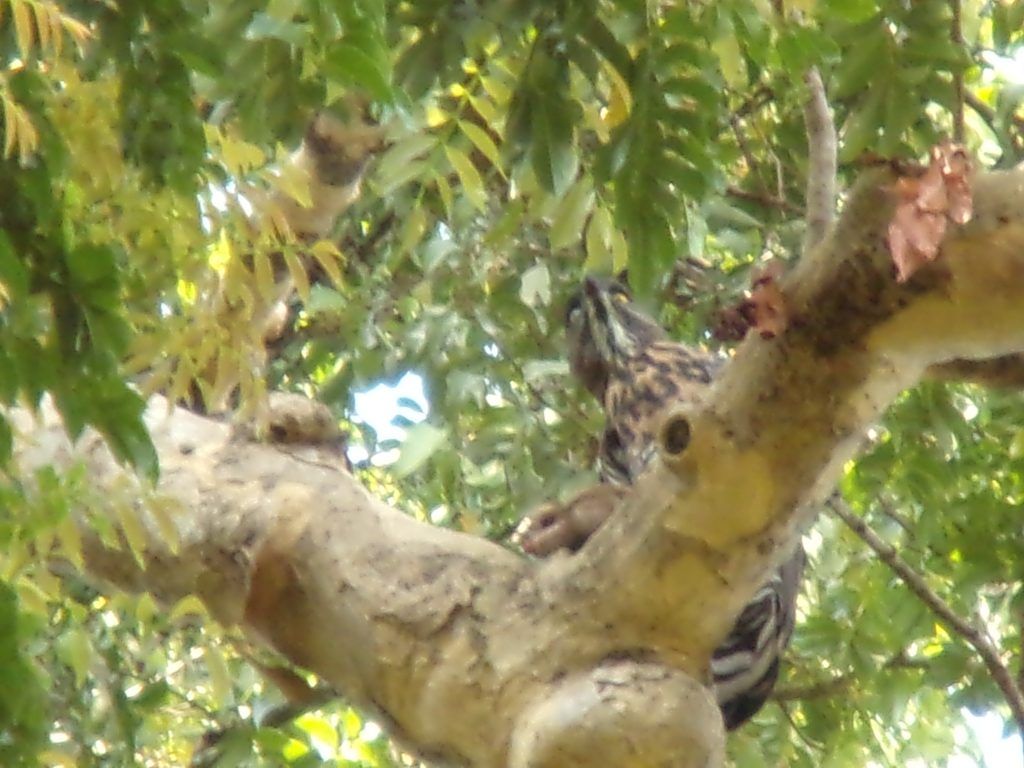

A brown backed thrush forraging amongst the dead leaves looking for insects.
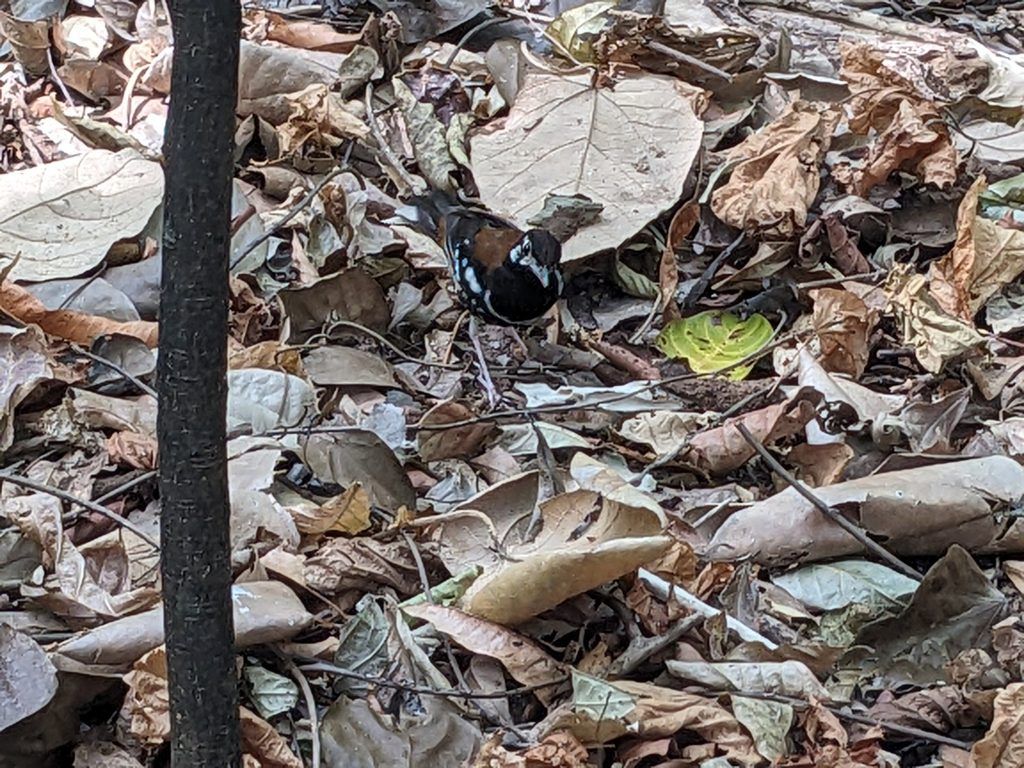
I’m not sure what this bird is, my evening hike guide wasn’t as informative as my morning hike guide.

An unusually quiet cicada perched on the side of a tree.

Some of the natural scenery of the park.

The edge of the park bordered the ocean and has a unique white and black sand composition.
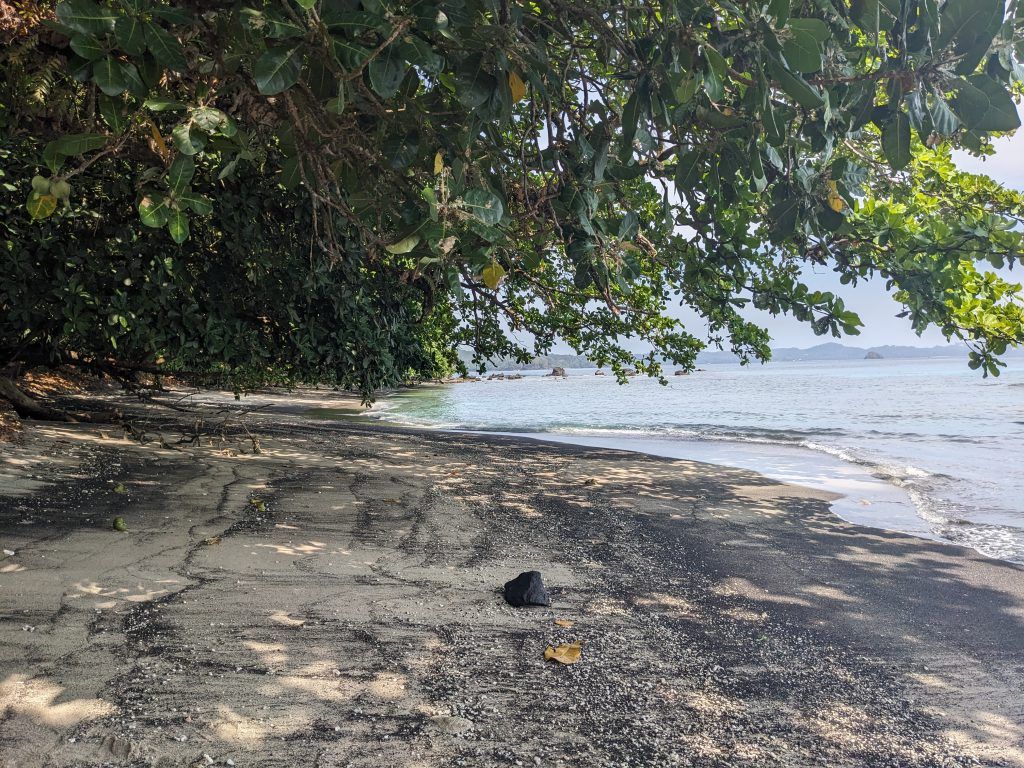
Diving off Bangka Island
The diving off Bangka Island is known for its rich coral, multiple underwater pinnacles and outstanding macro diving (which means very small critters that can best be photographed by “macro” lenses on underwater cameras).
I stayed at Nomad Divers Resort which was a very simple five cottage complex tucked into the jungle just past a mangrove ringed beach. It was an incredibly relaxing, rustic place to spend a few days diving and enjoying the tranquility.
The view of the resort from where the boat anchored. There was no dock, so we just jumped off the boat and walked to the shore each trip.
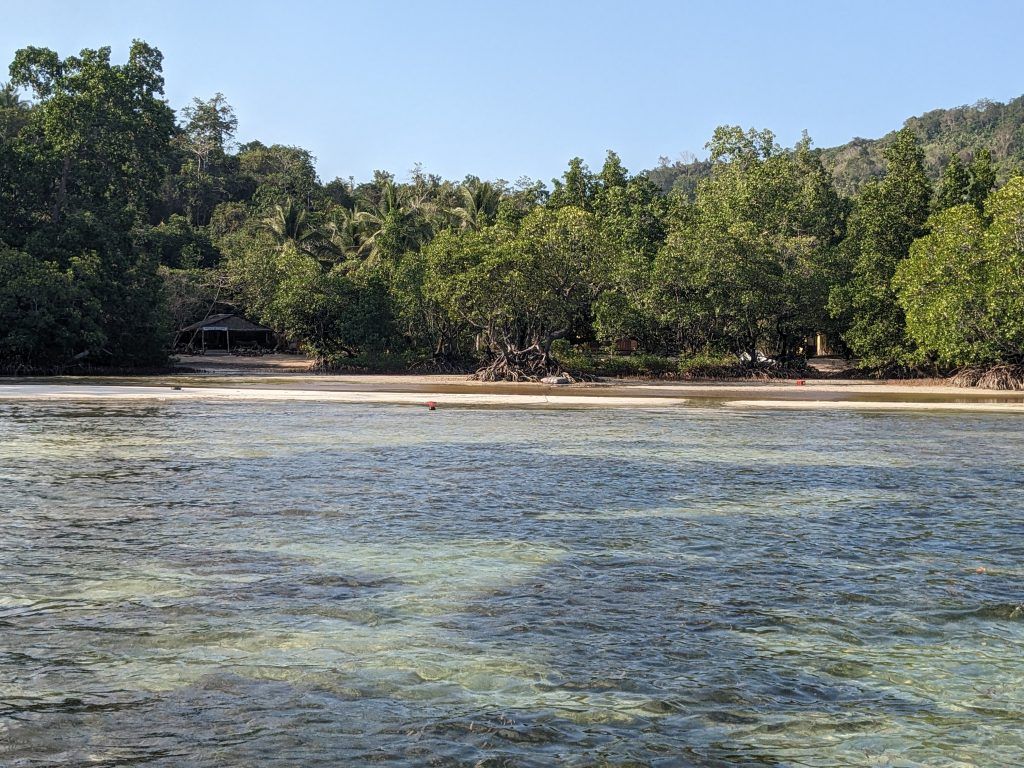
My simple beachfront bungalow with two basic bedrooms and a rustic partially outdoor bathroom.
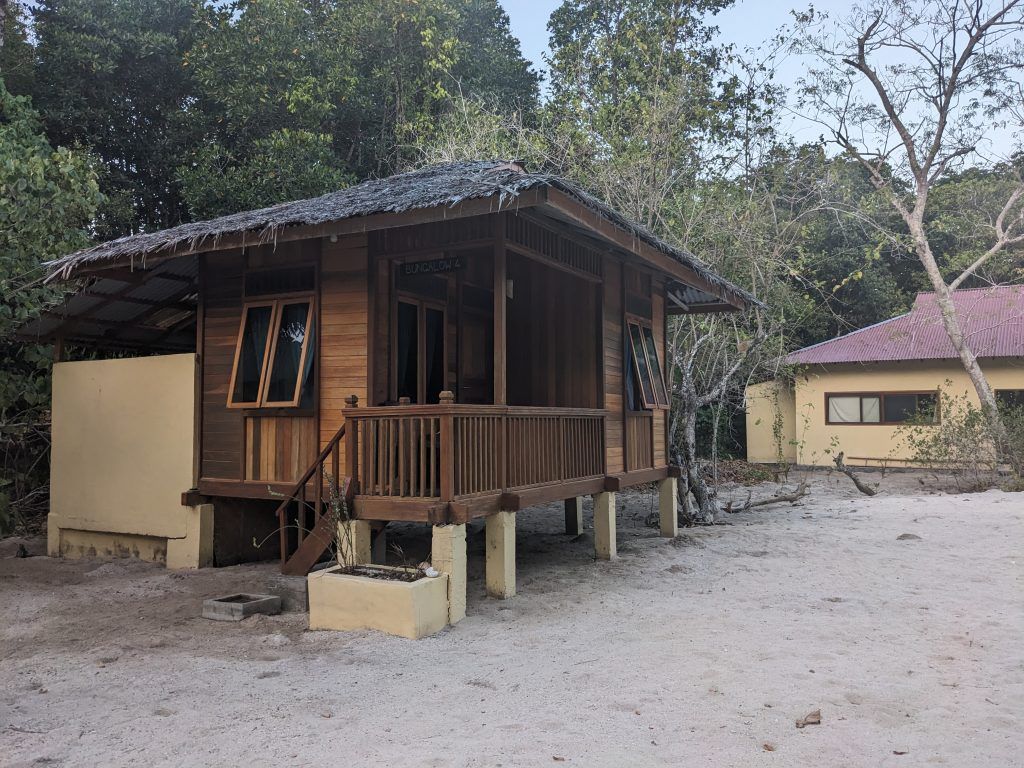


Our primary eating and lounging area.
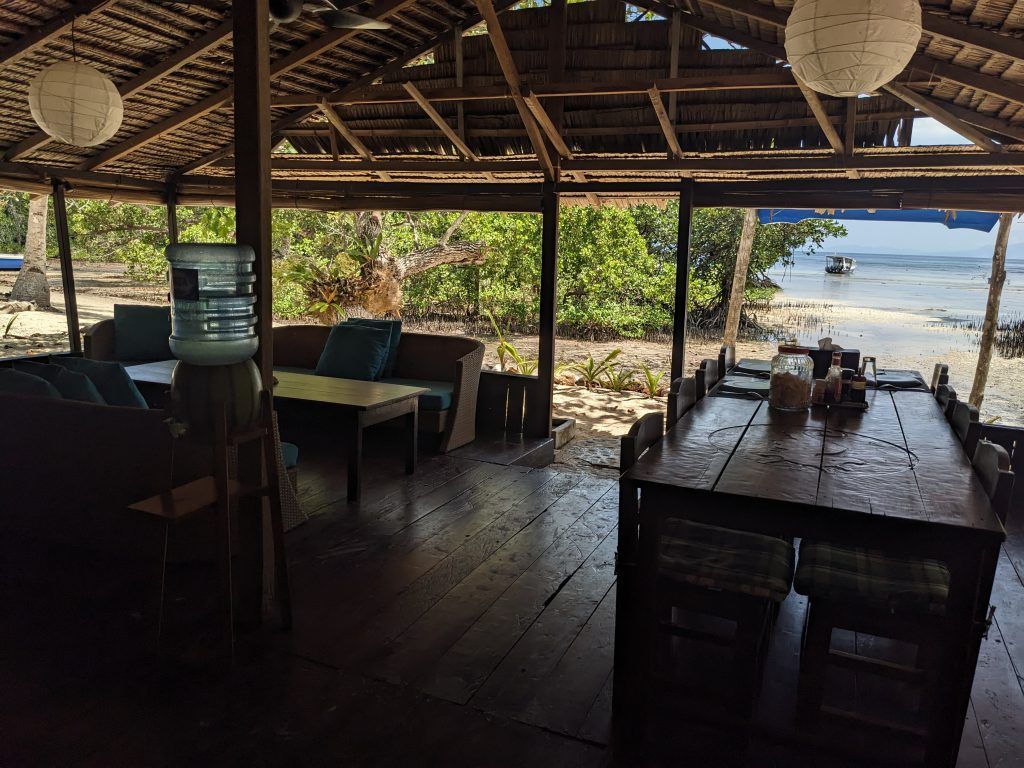
Some of the foliage around the complex.

The view out to the sea.

The lush, palm tree themed view from one of our dive site.

There were a ton of really cool sea creatures on all the day dives I did and my one night dive.
The cleaner shrimp in the video below were the small, clear shapes moving around the sea anenome.
These two tiny things that look like floating leaves are actually seahorses.
About half way through this video my finger comes in and nudges this pygmy seahorse to swim to another branch. It’s really, really tiny!
Cuttlefish are relatives of octopuses and squids and are one of the strangest looking animals in the ocean. I don’t think I had ever seen them diving before, so the three below were fun to film.
The mantis shrimp’s visual system is unique in the animal kingdom. Humans can process three channels of color (red, green and blue), while mantis shrimps perceive the world through 12 channels of color, and can detect UV (ultra violet) and polarised light. It would be amazing to be able to see the world through its eyes.
The coral, pinnacles and rock formations presented great seascapes to dive amongst.
As with most of Indonesia, the coral here was incredibly dense, healthy and beautiful.
And a nice view of the surface area on one of my last dives.
Diving in Bunaken National Park
Bunaken is known for two primary things: its large, magnificent coral wall, and its incredible number of sea turtles. The wall was indeed immense and there were turtles everywhere. In two dives we probably saw over 100 turtles, and many of these were as large as 2 meters (6 feet).
The coolest thing about all these turtles is how beautiful and unique the designs are on each one of their shells.
There was also a very rich sea life and coral ecosystem here beyond all the turtles.
Gunung Lokon
The Lokon volcano is one of the most active volcanos in Sulawesi. It was at level 3 from June until early October. Level 3 means: “Magma is near or at the surface, and activity could lead to hazardous eruption in weeks. Danger zones may be expanded up to eight (8) kilometers from the active crater.” During level 3 no visitors were allowed on the volcano.
It just got lowered to level 2 the week before I arrived and I was able to quickly visit the volcano. Level 2 means: “Probable intrusion of magma at depth, which can lead to magmatic eruption. Entry within danger zone must be prohibited. Other areas within five (5) kilometers of the active vent may be included in the danger zone.” That being said, the guide I chose has over 30 years experience in the area and felt the earthquake readings were calm enough for visiting. Many of the other local guides were not taking tourists up yet.
The volcano is located next to the 800 meter high tourist town of Tomohon and is about 40 minutes from where I stayed in the city of Manado. Tomohon is known as having a very temperate climate at that elevation and I saw a number of decent sized flower nurseries in the area.
It was a very nice hike to the volcano rim, which juts out from the side of the actual mountain.
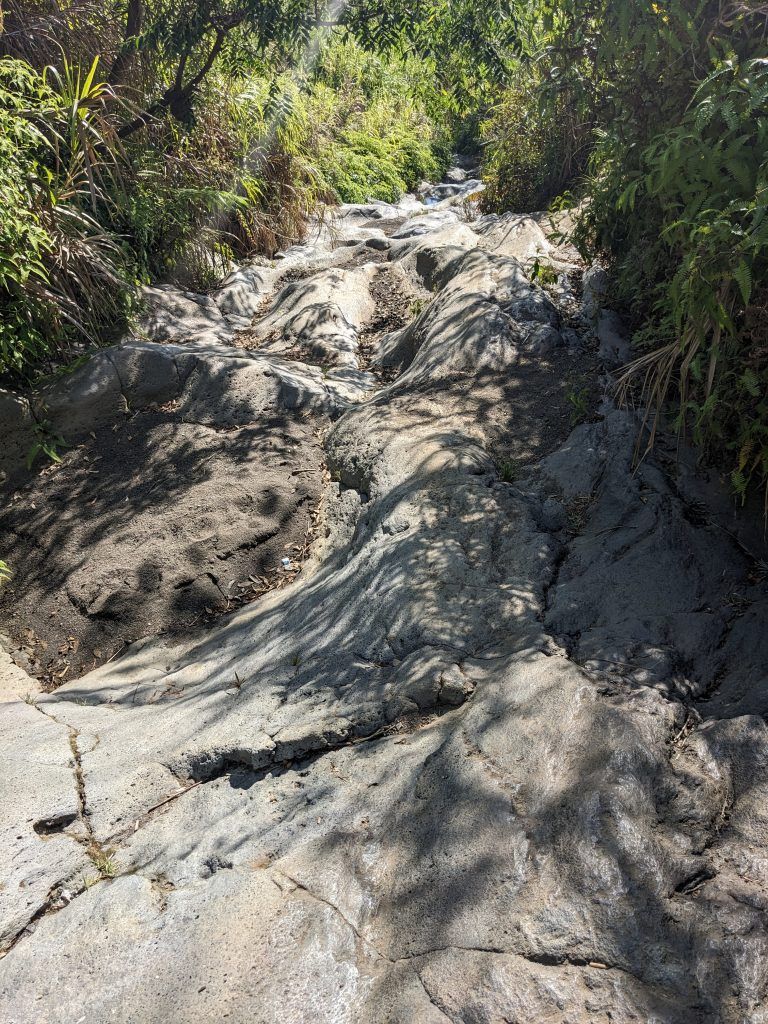
Part of the top of the mountain, with the volcano rim just over the ridge to the right.
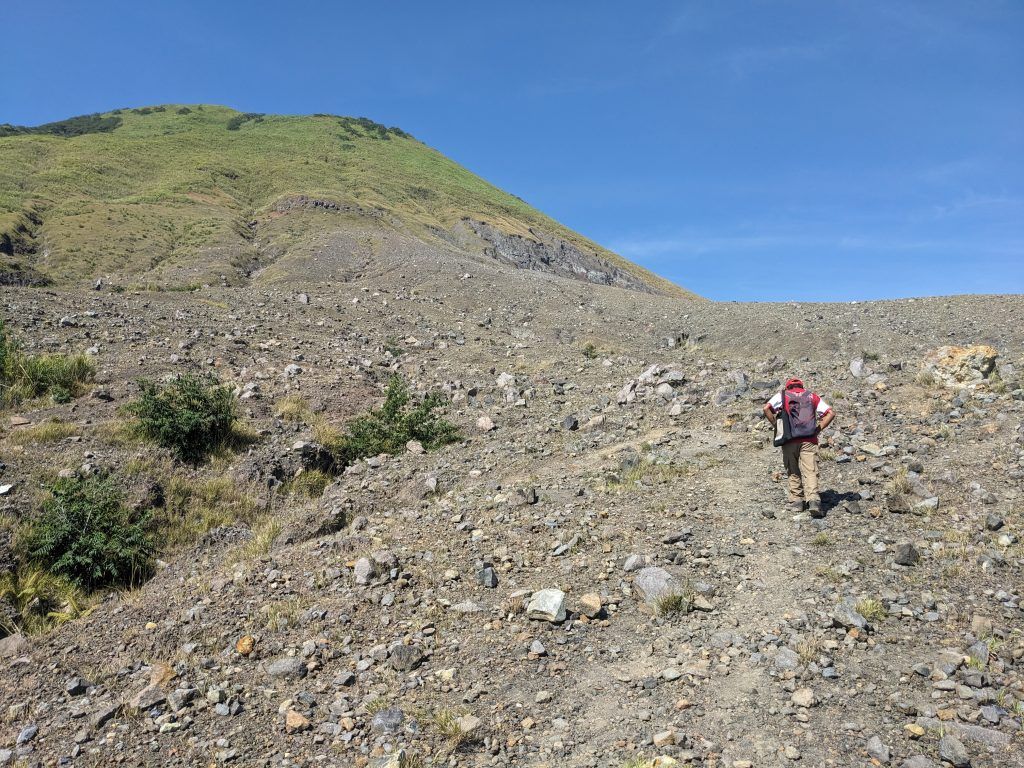
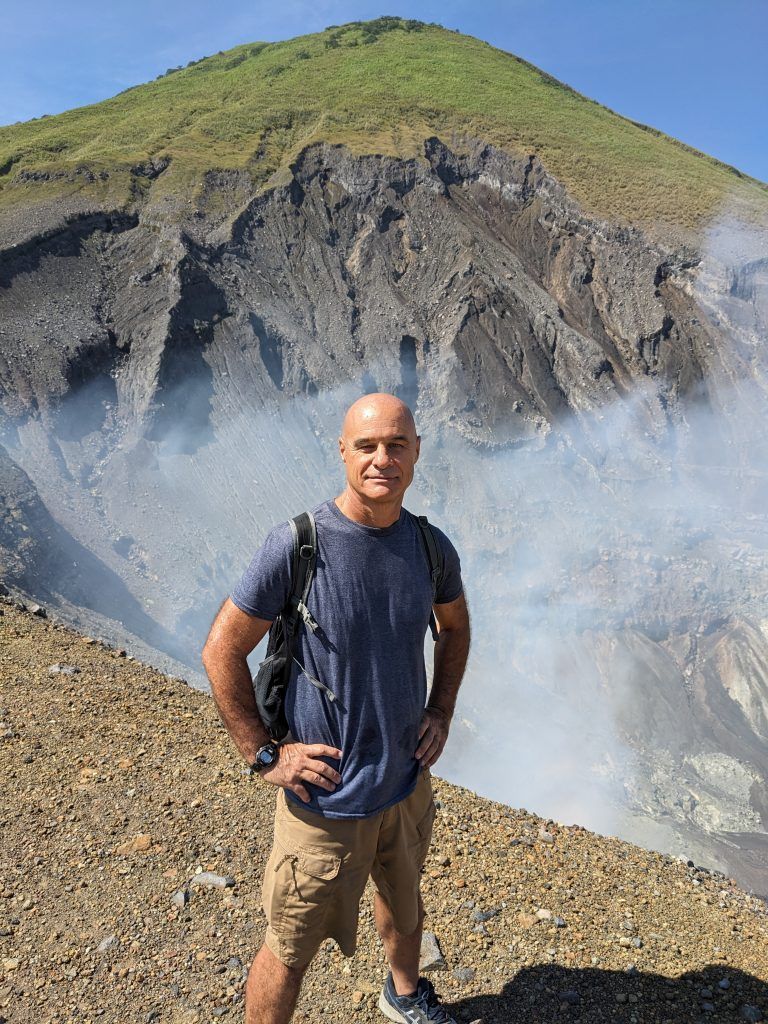
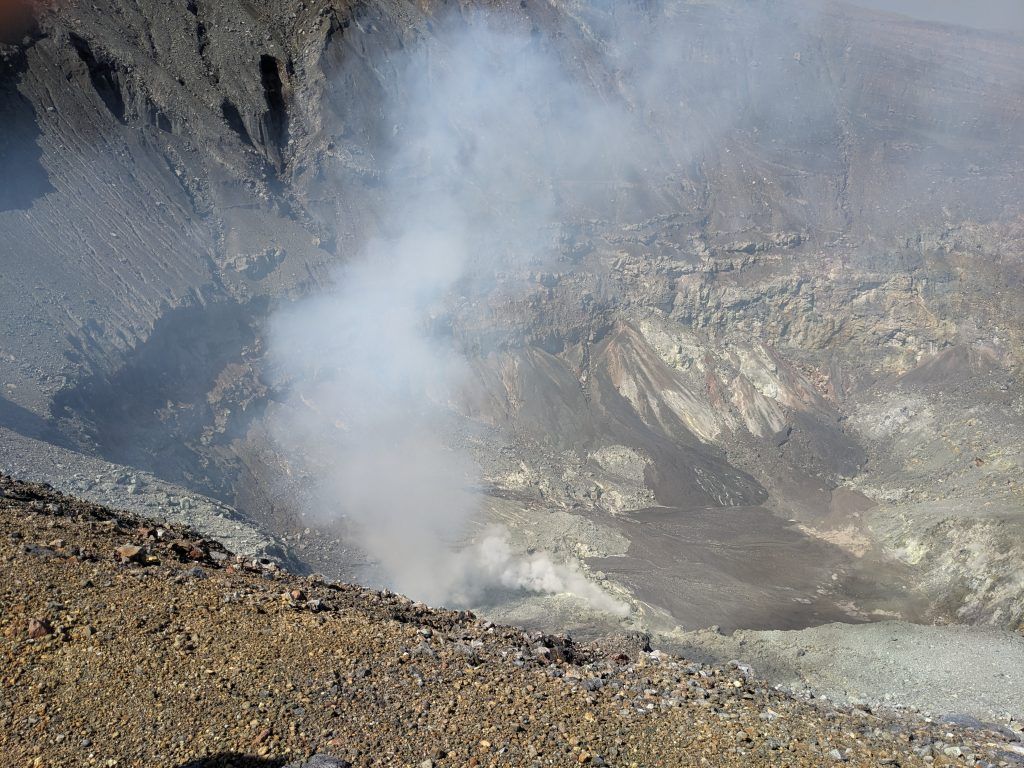
This is an active volcano, and we did hear some light rumbling sounds the short time we were at the crater. But the sounds you hear in the video were mostly the wind.
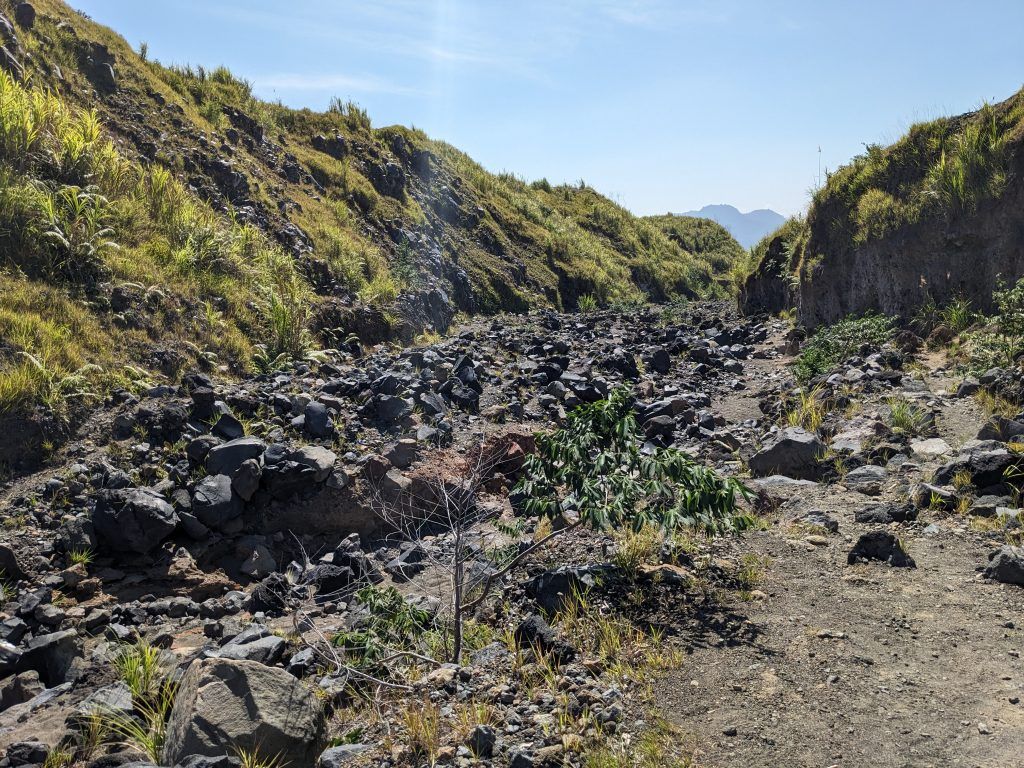
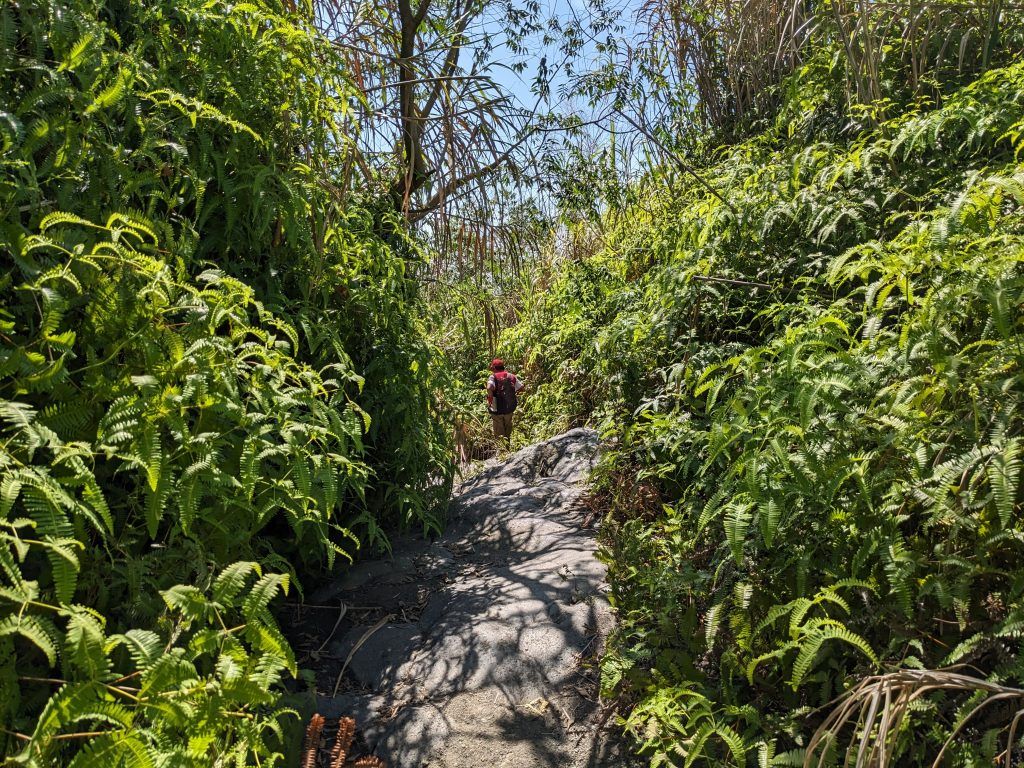
Looking out over the valley were the town of Tomohon sits.
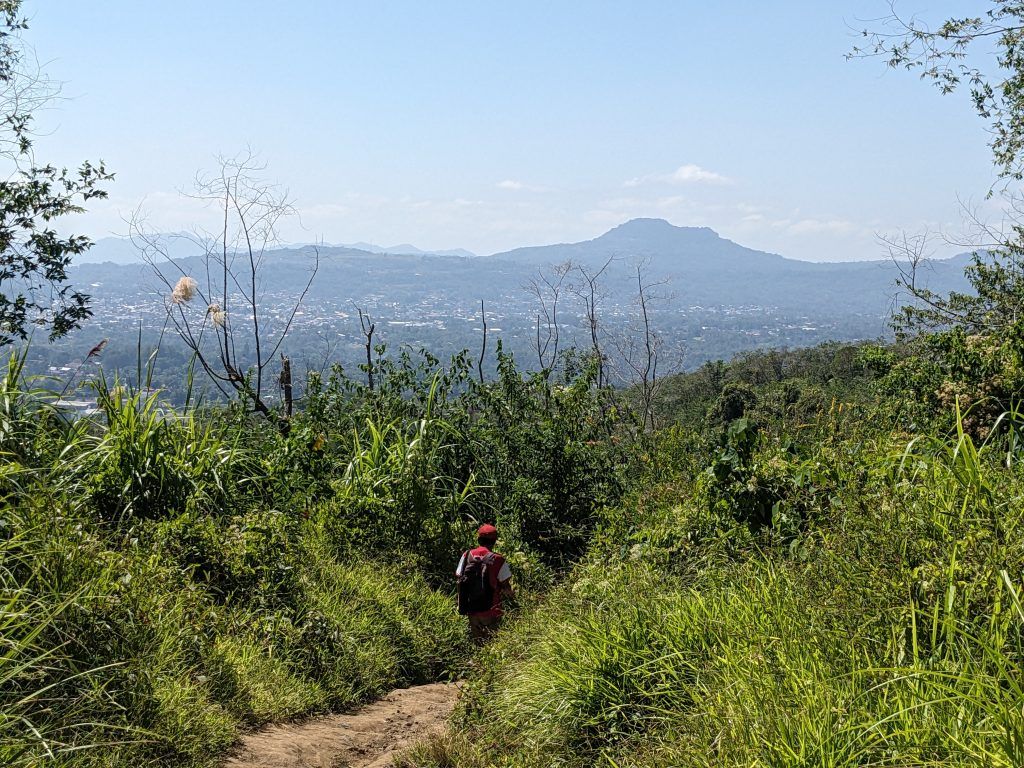
WARNING: GRISLY IMAGES BELOW
The Tomohon Extreme Market
Settled in a pretty mountain valley near the equator at 800 meters (2,600 feet) with a temperate climate, Tomohon is a very picturesque place. With one exception: its local market, known as The Extreme Market. For centuries the local Minahasa people ate all kinds of meat, including dog and cat. Unfortunately, there were numerous documented abuses of their handling of dogs and cats, which has sparked international outrage. This past July a ban was announced on the sale of dog and cat meat in the market. However, as of my visit in mid-October, it appears there are still dogs being sold here.
As mentioned above, these images are not very pretty, so you may want to stop here.
The vast majority of the market area has the normal selling of fruits, vegetables, spices, clothing, and even toys.
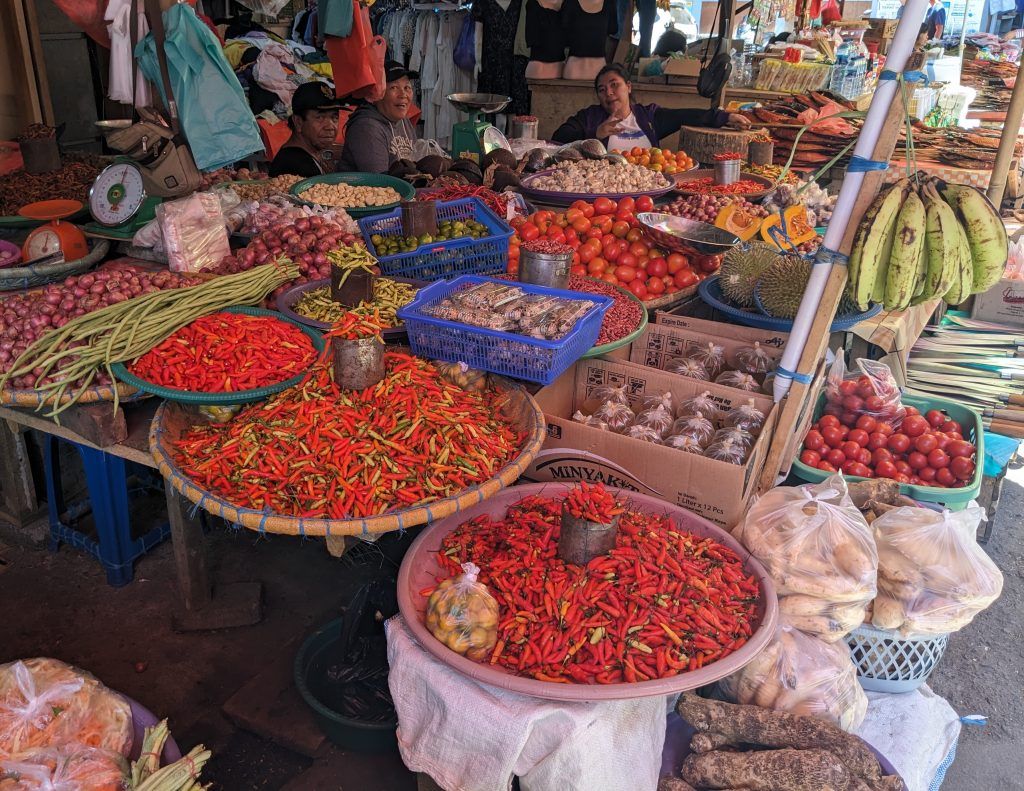
There’s a fish market that’s not the most pleasant to see, but not unlike many of the markets I’ve seen in SE Asia and Latin America.
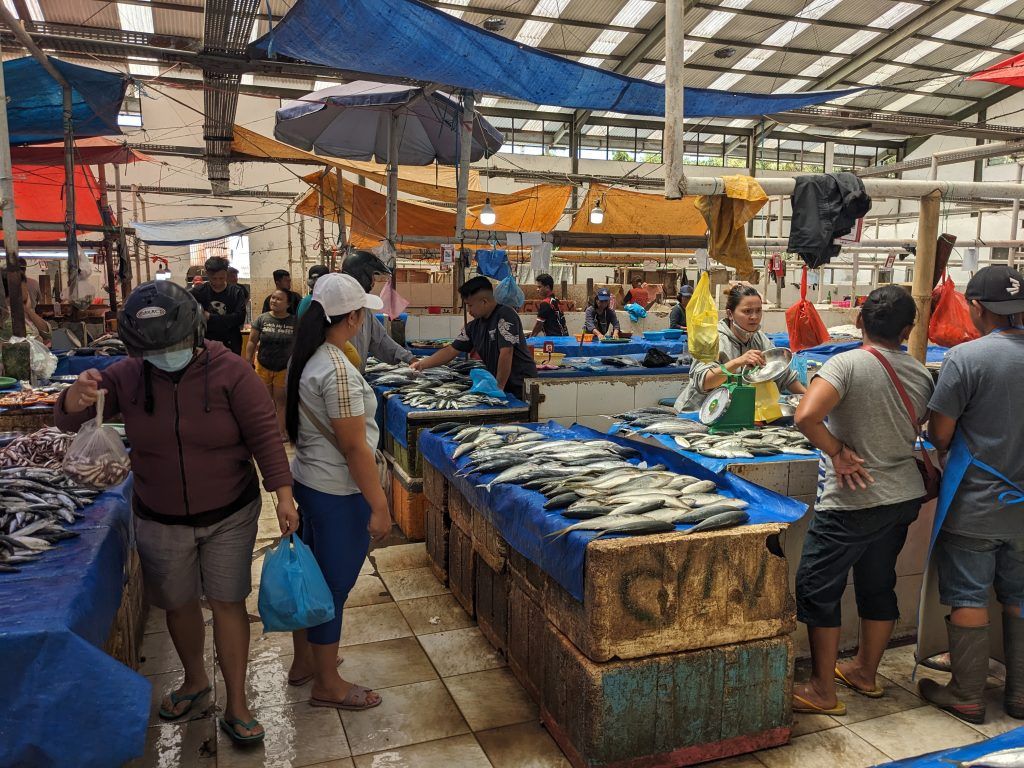
Then you hit the meat market and all hell breaks loose. Dogs, wild boars, bats (sans wings), snakes and some things I’m not sure what they were. Many have been blowtorched as some sort of preliminary cooking process, or possibly as a unique way of sanitation. As grisly as it looked, the odors were much less strong than the nearby fish market and I surprised by the lack of flies there.
